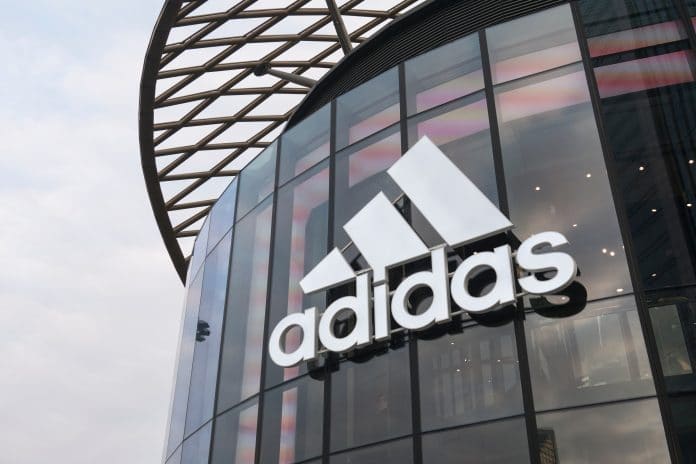The dynamic between digital and physical stores is no longer competitive, as the increasingly physical and immersive nature of ecommerce continues to overrun into the retail world.
The evolution of both formats is now driven by technology alone, causing the line between digital and physical to become increasingly blurred. Introducing a new era of retail, it is essential for retailers to capture customer loyalty by removing the friction between the two.
Embracing omnichannel has created a new breed of shoppers according to a study conducted by Mindtree, which surveyed the evolution of the ‘phy-gital‘ shopper, and the retail features that encourage phy-gital behaviour. This new breed of shopper interacts with various media and devices such as cloud apps and connective smart devices, combining online and in-store experiences in the most convenient way.
High expectations from shoppers have overturned the traditional supply and demand model of retail, with today‘s connected shopper‘s demand discovering supply itself. Mindtree‘s survey has highlighted the importance for retailers to become phy-gital alongside their customers, as shopping behaviour is now ultimately influenced by efficiency.
The survey addressed 2,400 customers across the U.S. and found that 60% now identify as ‘phy-gital,‘ as participants were asked to rate various online and in-store features. A seamless experience across channels was voted the main priority, with 70% of shoppers already combining online and in-store purchases.
Following this, 20% of shoppers wished to take advantage of in-store technology, preferring to use self-checkout kiosks for a faster experience and services to locate products. 21% of apparel shoppers agreed to want more information on products, such as a 360-degree view available for online purchases.
The rise of phy-gital consumers has widened opportunities for retailers to engage with customers on a personal level, as research confirmed shoppers will spend more if they receive an impressive experience, while 90% of shoppers were willing to share personal information for a better experience; something that has significantly evolved over the past few years.
With the influence of social media curving perceptions of privacy, a surprisingly small 5% requested social networking with retailers. 17% of apparel and grocery shoppers, however, hoped to redeem loyalty points across all channels.
It is evident that retail marketing no longer applies to either digital or physical locations as separate entities, but instead must focus on a spectrum from the two to establish a presence within the crowded marketplace. As the phy-gital nature of shopping becomes a rapidly recognised aspect to shopping, the UK is currently at the forefront of the global retail landscape, and the digital experiences that will continue to evolve.


















